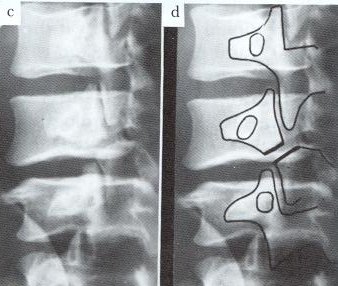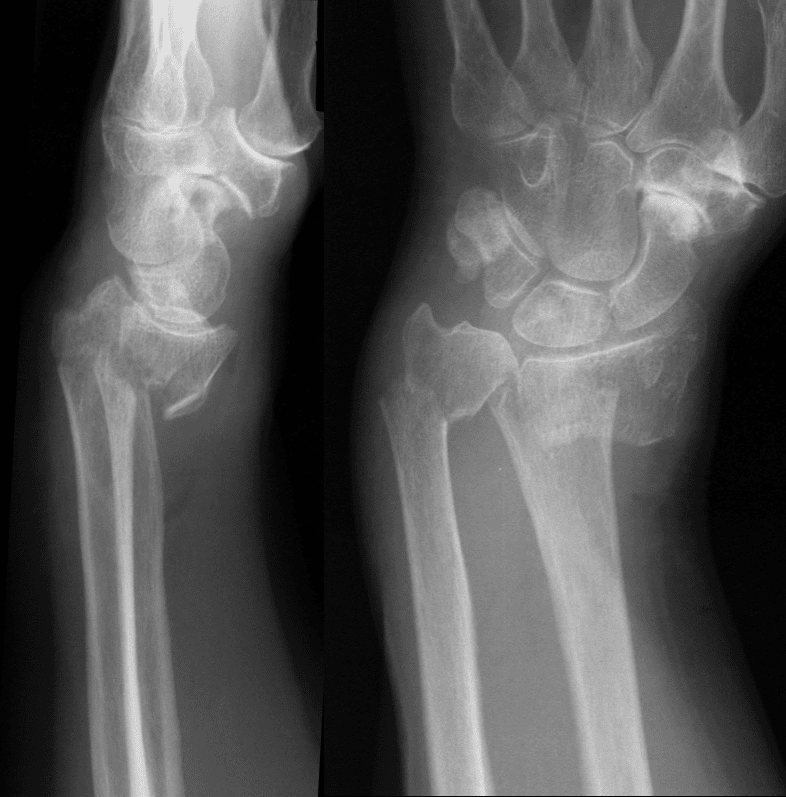
This article highlights the different types of splints and casts that are used in various circumstances and how each is applied. Indications and accurate application techniques vary for each type of splint and cast commonly encountered in a primary care setting. Selection of a specific cast or splint varies based on the area of the body being treated, and on the acuity and stability of the injury. All patients who are placed in a splint or cast require careful monitoring to ensure proper recovery. Depending on the severity of the impact, there may be one or many fragments and it may or may not involve the articular surface of the wrist joint.

The distal fracture fragment is displaced volarly (ventrally), as opposed to a Colles' fracture which the fragment is displaced dorsally. Excessive immobilization from continuous use of a cast or splint can lead to chronic pain, joint stiffness, muscle atrophy, or more severe complications (e.g., complex regional pain syndrome). Study with Quizlet and memorize flashcards containing terms like 5 causes of hamstring strains, Ideal strength ratio of hamstrings to quads, Difference between 1st degree and 2nd degree hamstring strain and more. Smith's fractures are less common than Colles' fractures.

To maximize benefits while minimizing complications, the use of casts and splints is generally limited to the short term. Because of this, casts provide superior immobilization but are less forgiving, have higher complication rates, and are generally reserved for complex and/or definitive fracture management. A Colles fracture is a type of fracture of the distal forearm in which the broken end of the radius is bent backwards. This quality makes splints ideal for the management of a variety of acute musculoskeletal conditions in which swelling is anticipated, such as acute fractures or sprains, or for initial stabilization of reduced, displaced, or unstable fractures before orthopedic intervention. Splints are noncircumferential immobilizers that accommodate swelling. This fracture entails either dorsal or volar fracture-dislocation of the wrist. John Rhea Barton described the Barton fracture in 1838, with the definition refined later by Hamilton in 1860. Management of a wide variety of musculoskeletal conditions requires the use of a cast or splint. Robert William Smith described the Smith fracture in 1847, which has been accepted as a reverse or volar form of the Colles fracture 8, 9.


 0 kommentar(er)
0 kommentar(er)
